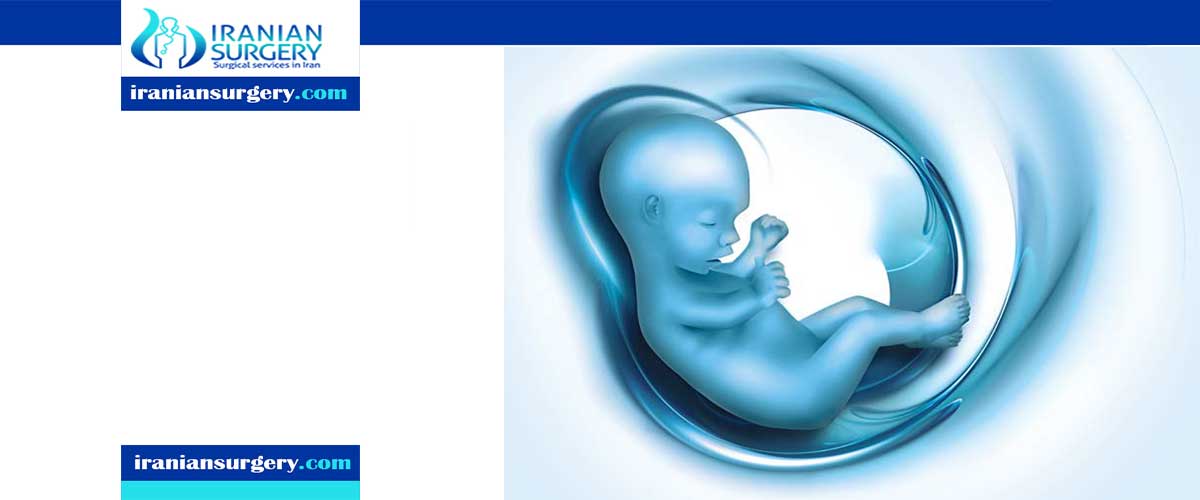How to do a PGD test?
Necessity of PGD test?
How safe is embryo biopsy PGD?
Why might PGD be unsuccessful?
Are frozen embryo transfers more successful?
What is the success rate of IVF with frozen embryos?
Genetic testing embryos before implantation
Diagnosis of pre-implantation embryos, or PGD, is a test that examines genetic defects before transplanting IVFs or IVFs into the uterus, eventually transmitting them to the uterus. This test can detect defects that may cause fetal implantation. Here's how to do a PGD test and the need to do it.
Read more about 2nd iui success rate
Read more about Virgin tightening surgery before and after
Read more about Ovarian cyst size chart
Read more about: Pgd in Iran
How to do a PGD test
Genetic diagnosis testing before embryo implantation, or PGD, is a process in which embryos that have grown outside the womb are tested for genetic problems. The test begins with a normal IVF process, which involves extracting the egg and fertilizing it in the laboratory.
After three days, the embryo will be divided into eight cells. At this stage, one or two cells are extracted from the embryo. These cells are evaluated for the presence of defective genes, and after the PGD process and the identification of healthy embryos, embryo transfer to the uterus will be performed to continue the implantation and growth process. If there are too many healthy embryos needed, they are frozen to be used in subsequent cycles if the treatment cycle fails, and the embryos containing the defective gene are eliminated.
Read more about : Type of Infertility Treatment in Iran
Read more about : Egg donation in iran
Read more about : Razavi infertility clinic in Mashhad
Necessity of PGD test
All couples whose offspring are at risk of inheriting a disease or genetic complication can use pre-implantation genetic diagnosis. In this test, the expert can assess possible embryo problems that may lead to a problem with proper implantation in the uterus. Your doctor may recommend pre-implantation genetic testing in the following situations during the infertility treatment process:
Women 4 years or older
Women with a history of recurrent miscarriage
Women with more than twice failed IVF treatment
Couples Carrying Gender-Related Genetic Disorders
Couples carrying monogenic disorders
Couples with chromosomal abnormalities
The PGD test can also be used to determine the sex of the child in the IVF method. PGD can detect over 100 different genetic complications, and because PGD is performed before embryo implantation in the uterus allows the physician to select healthy embryos before being transferred to the mother's uterus.
Although PGD helps reduce the likelihood of birth of a baby with genetic disorders, it cannot completely eliminate the risk of these disorders. In some cases, further tests during pregnancy are needed to ensure the fetus's genetic health. Some genetic diseases, although present in the individual, only occur in middle-aged men and women. Keep in mind that PGD cannot replace pregnancy tests. If you would like to do a PGD, talk to your doctor, genetic counselor or fertility specialist about your options.
Read more about: is surrogacy allowed in islam?
Read more about: IVF with frozen donor eggs process
How safe is embryo biopsy PGD?
Data from many years of PGD in animals and several hundred thousand live births in humans indicate that PGD does not lead to an increase in birth defects over that of the general population. Follow-up evaluation of children born after PGD does not show any evidence for a detrimental effect of the process on growth or neurological development over the first several years of life. In embryos where chromosomal PGD testing is performed, one can expect fewer pregnancies ending in miscarriages due to chromosomal disorders since most abnormalities are identified prior to transfer of the embryos to the uterus. Removal of a few of the trophectoderm cells of the early embryo does not alter the ability of that embryo to develop into a complete, normal pregnancy.
Read more about: Ivf in Iran
Why might PGD be unsuccessful?
Unfortunately, sometimes there are no embryos suitable for transfer to the womb. This could be because:
- not enough eggs are produced or fertilised in the first place
- removing the cells for analysis damages the embryos
- all the embryos are affected by the genetic disease
Are frozen embryo transfers more successful?
A frozen embryo implantation is more successful than transferring the embryo straight after the biopsy in a fresh IVF cycle, as the environment within the uterus is more 'normal' in a subsequent natural cycle, than during an IVF cycle where the hormone levels are often very high. fresh transfers led to better pregnancy and birth rates compared to those who received frozen embryos.
Read more about: How successful is IVF with donor eggs
What is the success rate of IVF with frozen embryos?
Any patient, no matter the amount of time between embryo freezing and thawing, can expect nearly the same potential for success as they experienced with the fresh IVF cycle that the frozen embryos came from. The success rates range from 19.8% per frozen embryo transfer leading to a live birth for patients under 30 years, to 5.6% per frozen embryo transfer leading to a live birth for patients over 40 years.
Read more about: IUI vs IVF success rates over 40
How many embryos are thawed for FET?
Embryo thawing is simply a reversal of the freezing procedure. The embryos are removed from the storage tank and are warmed to room temperature in 30 seconds. almost nine out of ten embryos survive the thawing process.
How long can you keep a frozen embryo?
No one knows how long a frozen embryo can last , as far as medical experts know, frozen embryos remain viable indefinitely. To date, the longest an embryo has been frozen before a successful transfer is 24 years.
Read more about: IUI vs IVF
10 common questions about Genetic testing embryos before implantation
[kkstarratings]



